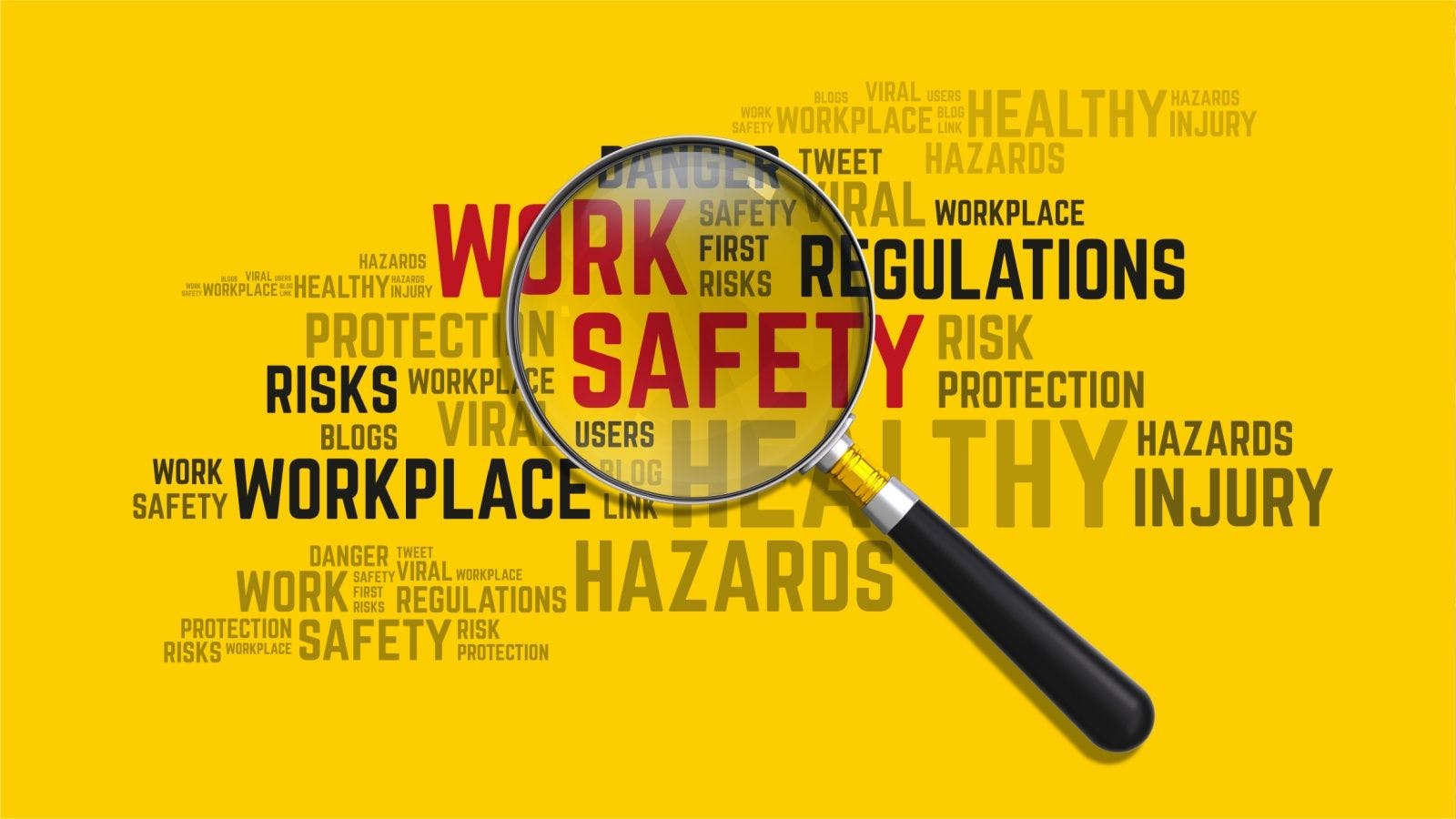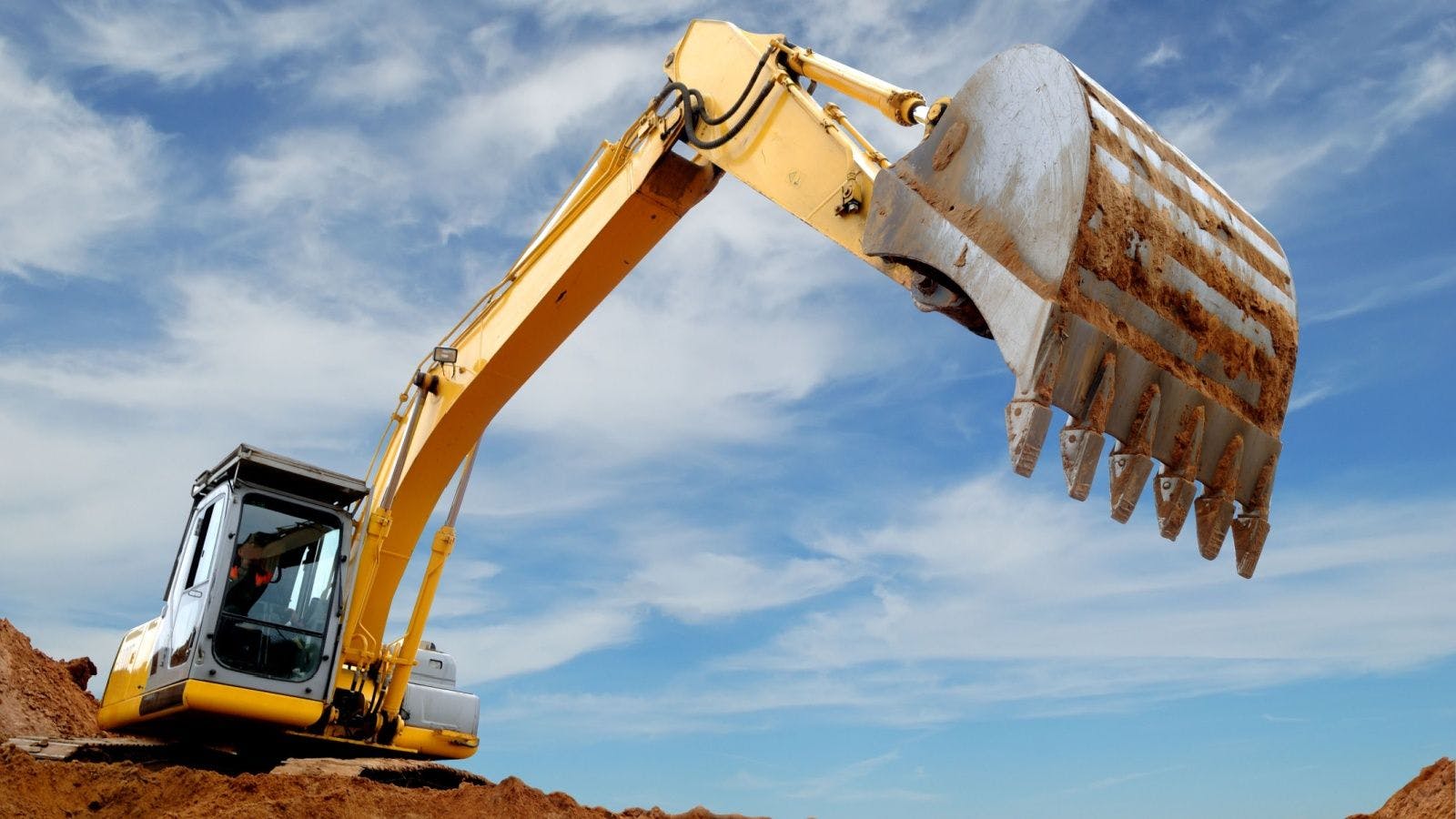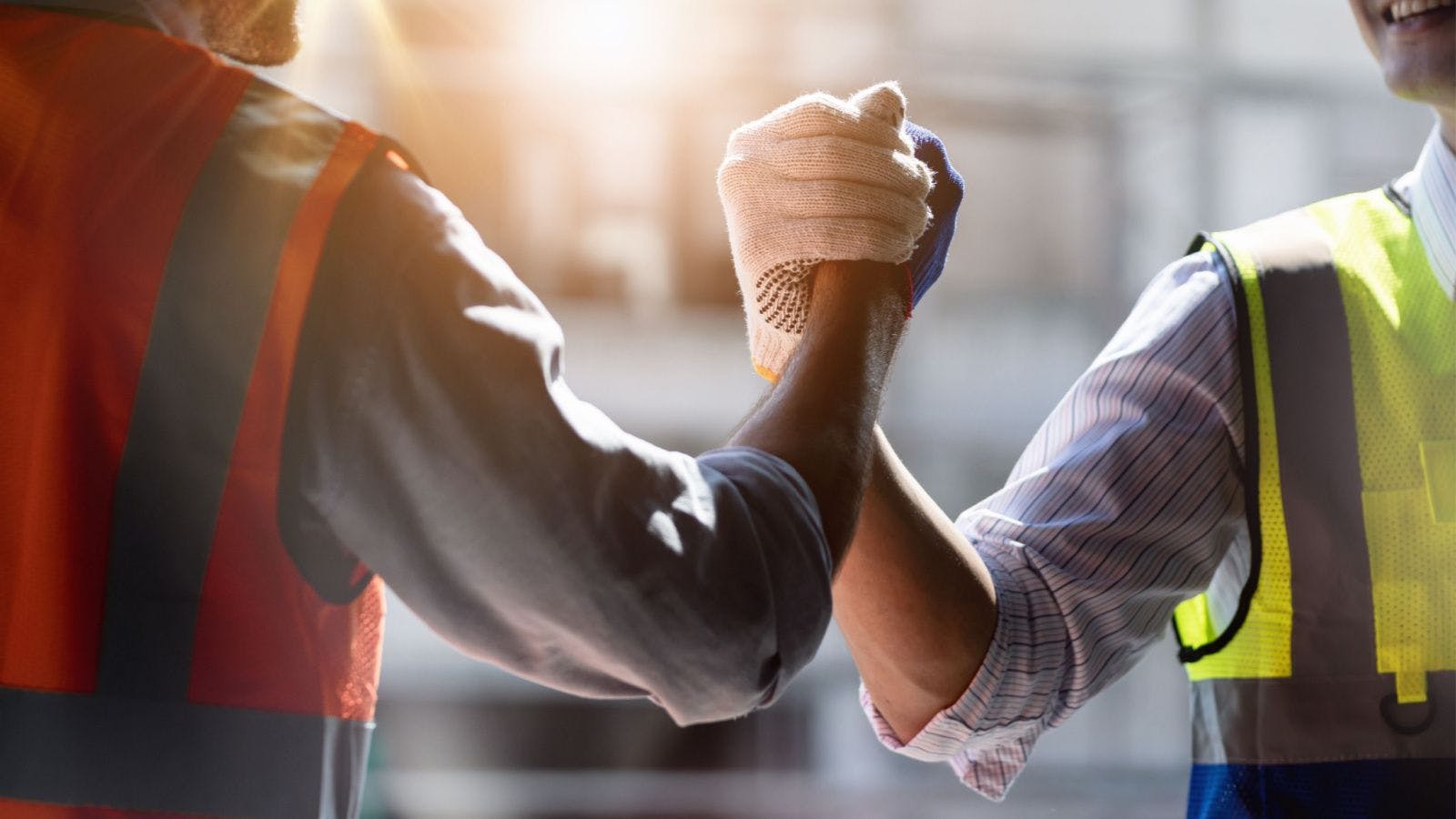
OSHA’s Fatal Four: Which One Is the Worst?
OSHA’s Focus Four hazards, often referred to as the “Fatal Four” hazards in construction, account for the four most-common causes of worker deaths on construction sites in the U.S. In the 2019 calendar year, about 20% of private industry worker fatalities were in construction. And sadly, that equates to three construction worker fatalities each day.
From a worker’s perspective, which risk is worse:
- a free fall from a high elevation;
- caught in-between equipment and a retaining wall with the possibility of being crushed;
- struck by a tool falling from scaffolding; or
- being electrocuted by a live electrical wire?
The best option is for the worker to arrive safely home each evening.
The four hazards—falls, caught-in or between, struck by and electrocution—have been on OSHA’s list for years, despite the fact that many in the construction industry have worked hard to make safer options widely available.
May is OSHA’s National Safety Stand-Down to Prevent Falls in Construction. Hundreds of people in the construction industry lose their lives every year due to preventable falls. Workers are falling from ladders, scaffolding, roofs, stairs, floors, structural steel and through all kinds of floor openings.
Remove Falls From the Fatal Four
Just removing one hazard would save countless injuries and lives. To focus on falls, talk with everyone on the site about the importance of fall safety. Ask workers if they:
- have the right equipment for the job and know how to use it;
- are aware of fall prevention procedures; and
- can name anything that needs to be revised or upgraded.
Listen carefully to the feedback. A quality safety and health program demands excellent two-way communications. Create an environment where workers feel comfortable talking freely. Some workers may not feel comfortable speaking up in front of the group so reach out directly to each crew and talk with workers one-on-one. They will appreciate management’s sincerity and concern. A simple conversation may prevent them from taking unsafe chances and save their life.
While conducting fall hazard training, hands-on exercises are a must. If, for example, the company is still using wood safety rails for leading edge fall protection, watch how they crew constructs them. Inspect the wood rails for common safety issues such as missing rails, protruding nails, slivered wood and insufficient anchoring that may cause the wood rails to wobble. Are the rails at the right height? Are the uprights spaced at 8’ on center? Are any toeboards missing? Will the rails withstand the force of a 200-pound worker falling against them?
If the company uses lightweight powder-coated steel railing, everyone on site should be able to spot, and feel comfortable reporting, corrosion, rust, bends and cracks. Rust most often occurs where the guardrail is inserted into the base plate. Some of that wear and tear may be hidden so teach workers to inspect thoroughly and look closely.
If using construction-grade galvanized safety rail systems, be concerned with falls from ladders, scaffolding or other areas when working from heights. It can’t be said enough: Safety is everyone’s responsibility.
When organizing a Stand-Down event this year, make it more than a one-and-done. Make fall safety protocols part of a personal daily routine. Bruises, scrapes and sore muscles may be part of the job description. But catastrophic injuries should not. To eliminate falls from the Fatal Four list, construction executives must continue to allocate the necessary time, money and resources to protect workers. Everyone on the jobsite deserves nothing less.
Related stories








